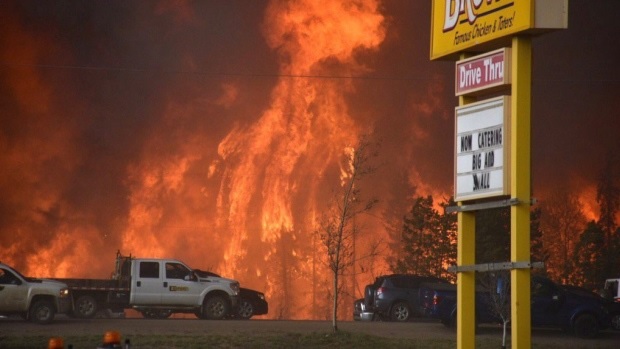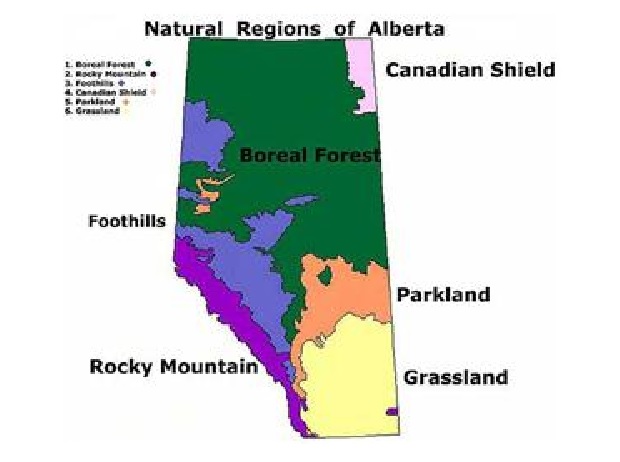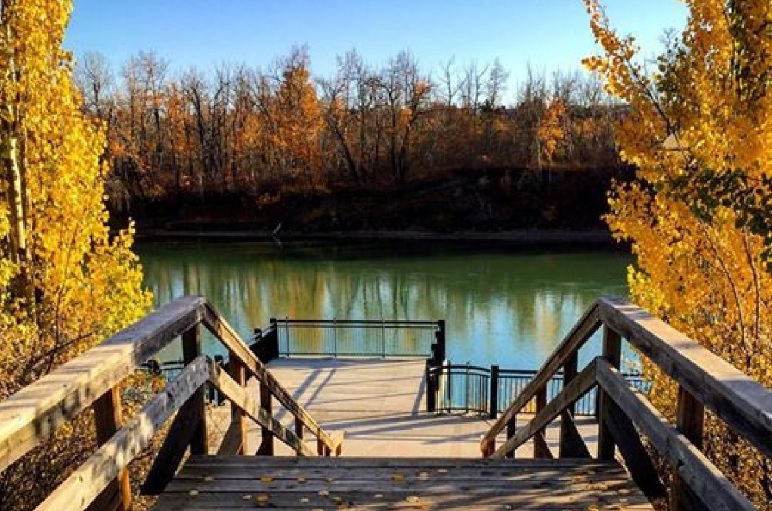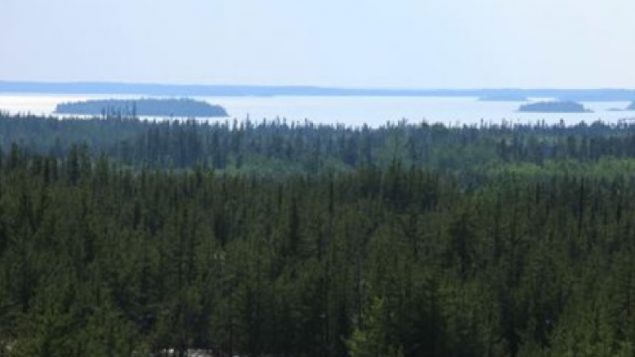New research shows the boreal forest in Alberta will be dramatically changed in the decades to come due to human induced climate change.
As the climate warms, droughts longer and more frequent and forest fires become more prevalent the study says up to half of the western province’s vast boreal forest could be gone by 2100.
The report was published this week in the journal Ecosphere, under the title, “Wildfire‐mediated vegetation change in boreal forests of Alberta, Canada” (open source- here)

The enormous wildfire around Ft McMurray Alberta in 2016 made headlines worldwide. More and greater wildfires are predicted in future. PHOTO Terry Reith-CBC
The study by University of Alberta biologists, conducted in collaboration with Natural Resources Canada researchers shows that now and in future, following a forest fire the mixed wood forest will not regenerate. Instead it would be replaced by grassland and young deciduous open forest.
In more extreme scenarios, up to 75 per cent of the boreal forest would be converted.

Image: Alberta Regional Aquatic Management Programme
The study examined wildfire disturbance, vegetation change, and climate change over a 100 year period and then simulated wildfire scenarios using models from Natural Resources Canada and data from the Alberta Biodiversity Monitoring Institute to determine what vegetation might grow back under future climates.
The report says that because of anthropogenic climate change the area burned by forest fires could increase five-fold by the end of the century, and thereby accelerate forest change
Diana Stralberg, a recently graduated PhD student in the Department of Biological Sciences said, “Our model assumes ‘business as usual’ in the province, with high carbon emissions and climate change continuing at the current rate”. Thus, a number of factors could worsen or soften the change, more human activity, greater storms and fires, and insects, could all worsen the scenario, reduced human created carbon emmissions cold lessen the effect.
“This climate that has supported forests for millenia is basically going beyond that cusp”. Parisien
Marc-Andre Parisien, a fire research scientist at Natural Resources Canada and co-author of the study said the effects of climate change can already be seen around Edmonton, “”The series of droughts of the 2000s have slammed so many aspen and also so many coniferous trees as well — notably white spruce, the nice trees that we have in our river valley here in Edmonton, That’s why trees are dying, they just cannot get the moisture they need to persist.”

Quite a number of dead trees can be seen in this autumn photo. The changes in habitat are already visible in Edmonton’s river valley, researchers say. PHOTO: John Roberston-CBC Edmonton
He says what can be seen already in Edmonton is happening on a larger scale, “This climate that has supported forests for millenia is basically going beyond that cusp, beyond that point where it can really support trees on the uplands any more.
The researchers note that changes to the forest and landscape will also affect wildlife such as songbirds and other animals adapted to the boreal forest.
In Canada, the boreal forest occupies about 35% of Canada’s total land area and 77% of Canada’s forested land, stretching across the country from the Yukon Territory to Newfoundland and Labrador.
additional information







For reasons beyond our control, and for an undetermined period of time, our comment section is now closed. However, our social networks remain open to your contributions.